
Foundation of One of the Twelve Gates Built Against the Mongol Threat Unearthed in the Seljuk Capital Konya
Archaeological excavations in Türkiye’s central city of Konya have brought to light the foundation of one of the twelve monumental gates that once guarded the Seljuk capital during the reign of Sultan Alaeddin Keykubad I (r. 1220–1237).
The newly uncovered structure, identified as the Larende Gate, formed part of the outer defensive walls commissioned by the sultan to strengthen the city’s fortifications against the growing Mongol threat in the early 13th century.
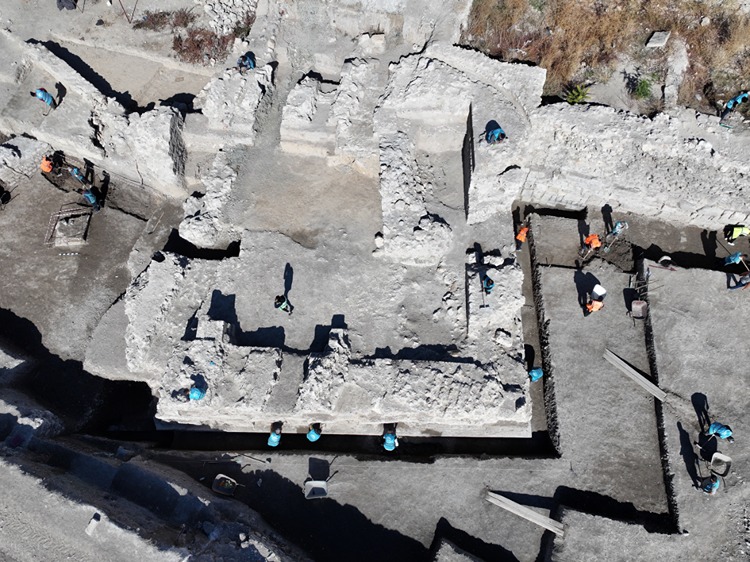
Unearthing the Outer Fortification Line
The excavation, titled “Konya Outer Fortress Wall and Larende Gate Project,” is conducted by the Konya Museum Directorate under the permission of the Ministry of Culture and Tourism, with support from the Konya Metropolitan Municipality.
Work began in late 2024 in Sahipata District (Meram) — an area that coincides with locations depicted in 19th-century maps and traveler drawings.
Archaeologists have so far revealed a 120-meter stretch of the city’s outer walls and the 11-meter-wide foundation of the Larende Gate, built using the traditional “sandık duvar” (box wall) masonry technique — large facing stones enclosing a core of rubble fill.
📣 Our WhatsApp channel is now LIVE! Stay up-to-date with the latest news and updates, just click here to follow us on WhatsApp and never miss a thing!!
According to excavation director Mehmet Ali Çelebi, “We have now confirmed the exact position of the outer defense line. The Larende Gate, constructed under Alaeddin Keykubad’s orders using the state treasury, has been unearthed as a complete foundation block. We also identified remnants of the defensive ditch and bridge piers.”
Built to Defend Against the Mongol Advance
The Seljuk ruler commissioned the fortifications as a strategic defense system at a time when the Mongol Empire’s western expansion posed a real threat to Anatolia.
Stretching for approximately 4.5 to 5 kilometers, the walls were partially destroyed around 1255 and later repaired under Ottoman Sultan Mehmed II (Fatih). By the mid-19th century, however, most of the walls had vanished.
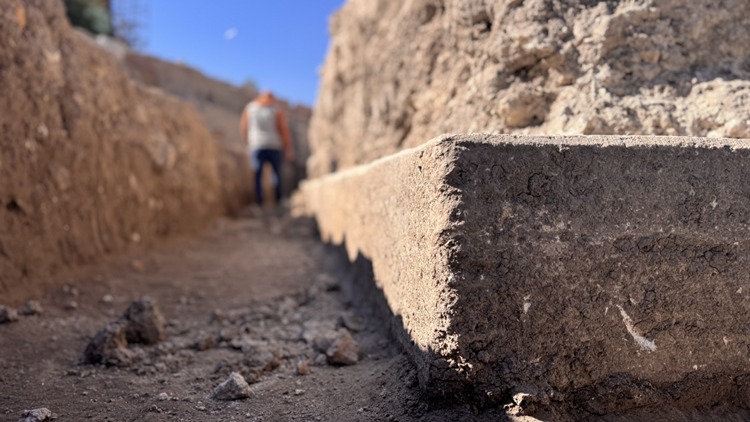
Çelebi notes that the discovery resolves long-standing debates about the city’s lost outer walls:
“For decades, scholars questioned whether a defensive moat existed or how the city’s protection was organized. These excavations are providing the answers — this is one of the most important archaeological breakthroughs revealing the defensive architecture of the Seljuk capital.”
The Most Majestic of Konya’s Twelve Gates
Among the twelve gates surrounding medieval Konya, Larende Gate stood out as one of four monumental state-funded gates and was the most impressive of them all. It opened onto the ancient Karaman (Larende) road, serving both as a defensive entrance and a symbolic statement of royal power.
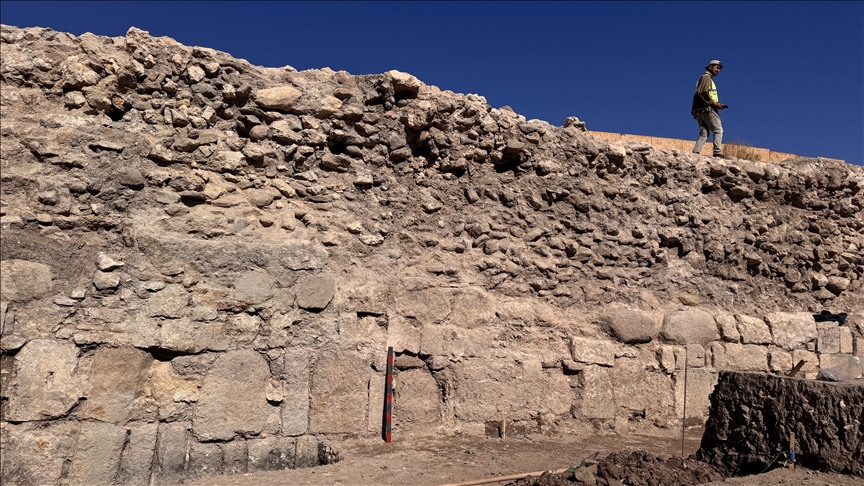
Fragments from the gate’s façade — including angel reliefs and an inscribed marble plaque — are preserved today at the Karatay Tile Works Museum (Çini Eserler Müzesi) in Konya. These carvings are regarded as masterpieces of Seljuk stone craftsmanship.
Çelebi emphasizes, “For centuries, Larende Gate was known only through travelers’ sketches and historical notes. Its rediscovery offers tangible proof of Konya’s Seljuk identity and the city’s architectural grandeur.”
Cover Image: General view of the excavation area in central Konya, where the Larende Gate and outer fortifications have been unearthed. Credit: AA
You may also like
- A 1700-year-old statue of Pan unearthed during the excavations at Polyeuktos in İstanbul
- The granary was found in the ancient city of Sebaste, founded by the first Roman emperor Augustus
- Donalar Kale Kapı Rock Tomb or Donalar Rock Tomb
- Theater emerges as works continue in ancient city of Perinthos
- Urartian King Argishti’s bronze shield revealed the name of an unknown country
- The religious center of Lycia, the ancient city of Letoon
- Who were the Luwians?
- A new study brings a fresh perspective on the Anatolian origin of the Indo-European languages
- Perhaps the oldest thermal treatment center in the world, which has been in continuous use for 2000 years -Basilica Therma Roman Bath or King’s Daughter-
- The largest synagogue of the ancient world, located in the ancient city of Sardis, is being restored



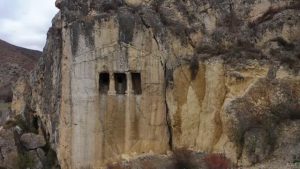

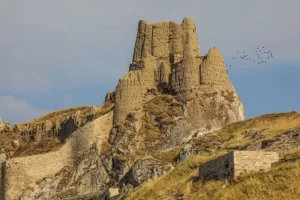
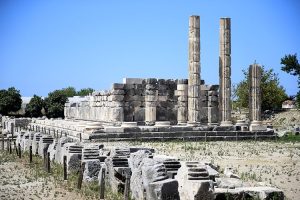



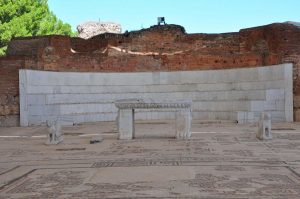
Leave a Reply